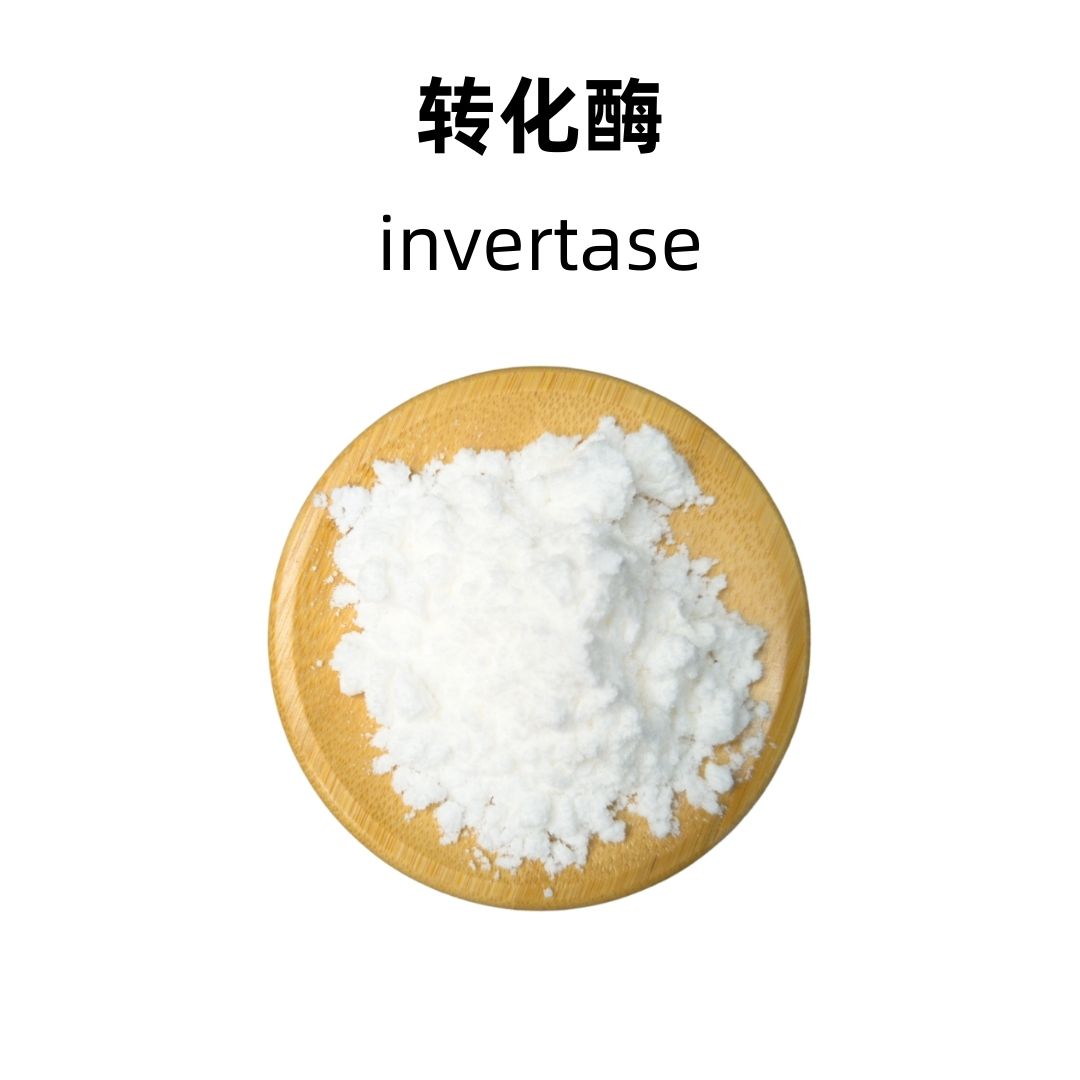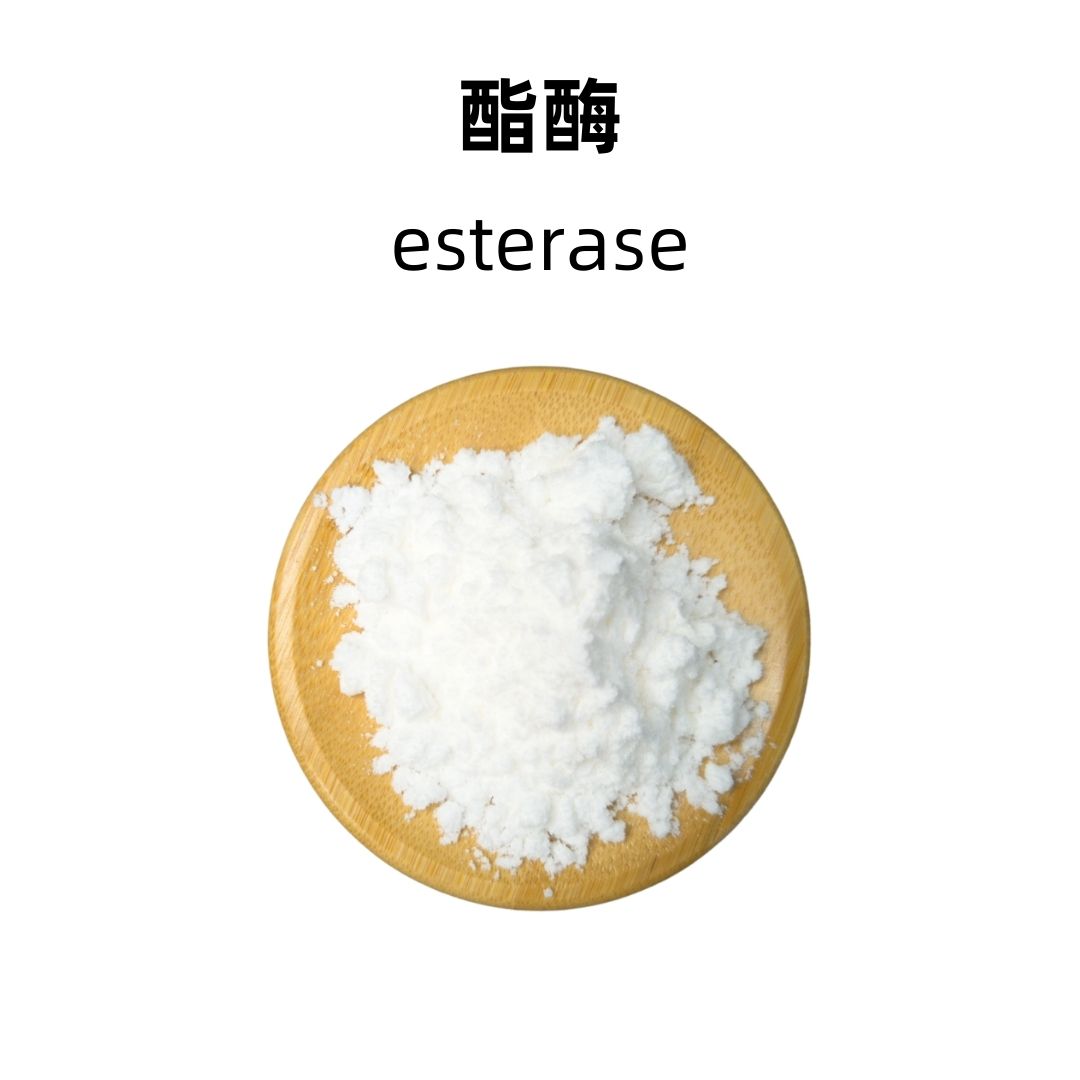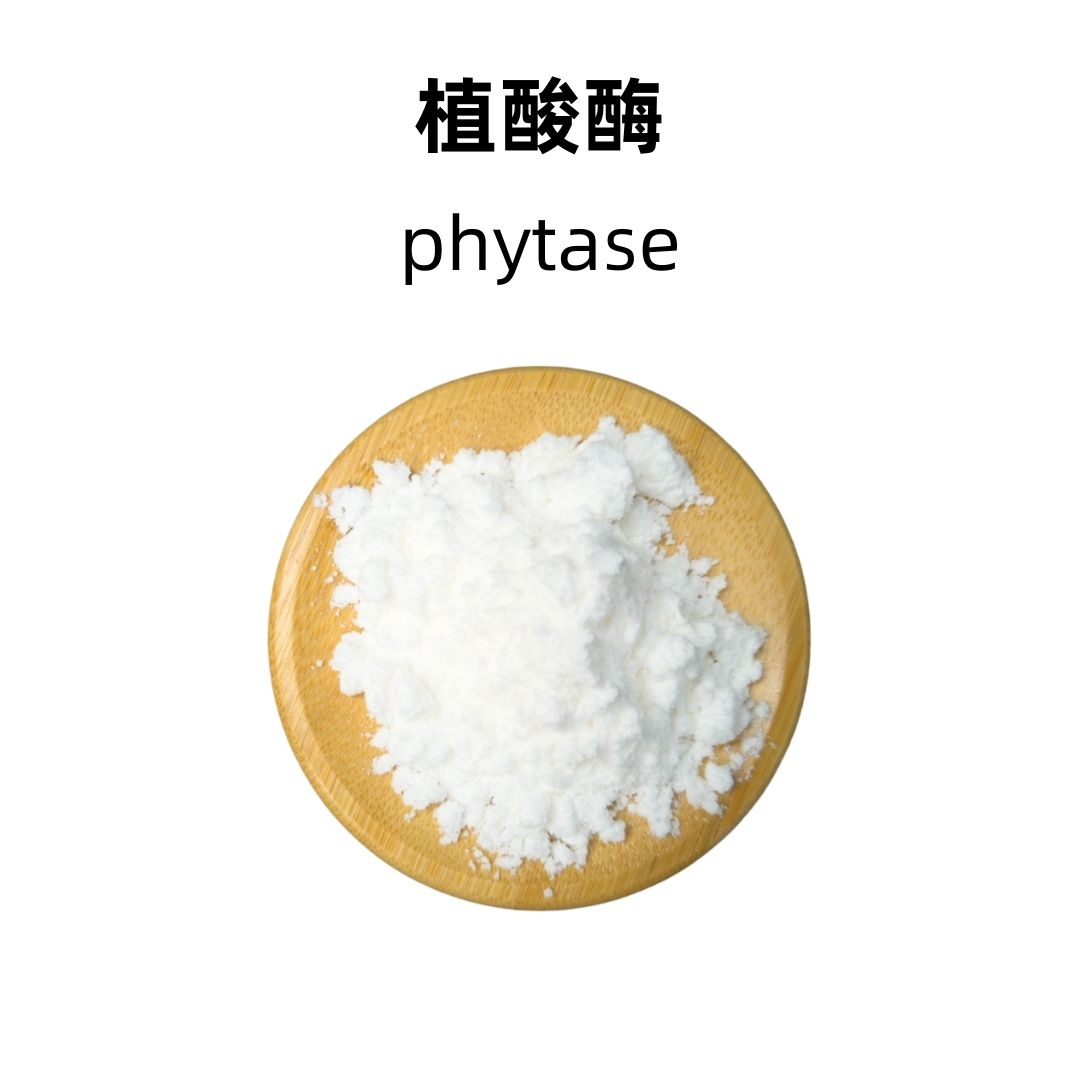Product Introduction
Trehalase is an enzyme that plays a key role in the metabolism of trehalose, a disaccharide sugar. It is found in many organisms and is important for energy production and stress response. This enzyme helps break down trehalose, which can be utilized as an energy source.
Production Process
Trehalase is produced through fermentation techniques that utilize specific strains of yeast or bacteria. These microorganisms are selected for their ability to produce the enzyme efficiently. After fermentation, the enzyme undergoes purification steps, often involving filtration and chromatography to ensure high purity and activity.
Effects and Functions
Trehalase has several important functions. It is crucial in the conversion of trehalose into glucose, which is a vital energy source for cells. This enzymatic process is particularly significant in organisms that rely heavily on trehalose for energy, especially under stress conditions. By hydrolyzing trehalose, trehalase contributes to maintaining glucose levels in cells, supporting cellular functions and overall metabolic health.
Application Scenarios
Trehalase is widely used in food technology for enhancing flavors and improving product textures. It is also employed in pharmaceutical formulations where controlled glucose release is desired. Additionally, in biotechnology, trehalase is utilized in research to study metabolic pathways and the effects of trehalose in various biological systems.
Packaging and Storage
Storage Conditions: Trehalase should be sealed, protected from light, kept away from high temperatures, and stored in a dry, cool, and well-ventilated place.
Packaging: Bulk quantities come in 25 kg per fiber drum, while samples are available in 1 kg per aluminum foil bag. Custom packaging is available upon request.
Shipping Methods: Shipping options include FedEx, DHL, dedicated logistics, and sea freight consolidation.
Shelf Life: The product has a shelf life of two years.
Monica Sun possesses extensive technical expertise and market insights in the food additives industry. She excels in designing efficient and safe additive formulations tailored to various food applications, ranging from sweeteners to functional dietary fibers. Monica has successfully assisted food manufacturers in optimizing ingredient combinations to enhance product quality and improve consumer satisfaction.

















